Alternative Energy and Future Energy Trends
Exploring Alternative Energy Sources: A Sustainable Future
As the world grapples with the increasing demand for energy and the environmental challenges posed by traditional energy sources, the exploration of alternative energy has become imperative. This article delves into various alternative energy sources, examining their potential, benefits, and challenges in paving the way for a sustainable future.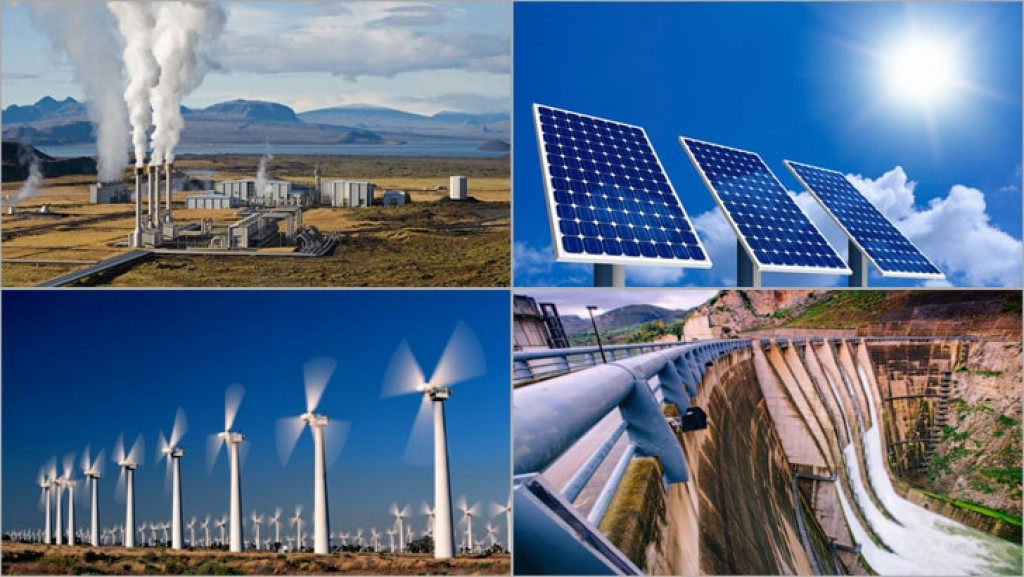
1. Solar Energy:
Overview: Solar energy, derived from the sun's radiation, is one of the most promising alternative sources. Photovoltaic cells and solar thermal systems harness this energy for electricity generation and heating applications.
Advantages: Clean, renewable, and abundant. Reduces dependence on fossil fuels, mitigating greenhouse gas emissions.
Challenges: Initial installation costs, intermittency, and the need for energy storage solutions.
2. Wind Power:
Overview: Wind turbines convert kinetic energy from the wind into electricity. Wind power is a rapidly growing renewable energy source.
Advantages: Clean and abundant. Low operating costs once turbines are installed.
Challenges: Intermittency, visual and noise impacts, and potential harm to wildlife.
3. Hydroelectric Power:
Overview: Hydroelectric dams generate electricity by harnessing the energy of flowing water. This source has been widely utilized for decades.
Advantages: Reliable and renewable. Provides consistent power output.
Challenges: Disruption of ecosystems, sedimentation, and potential social impacts.
4. Geothermal Energy:
Overview: Geothermal power harnesses heat from the Earth's interior for electricity generation and heating. It involves tapping into natural reservoirs of steam or hot water.
Advantages: Reliable, low emissions, and operates continuously.
Challenges: Limited geographical availability, high upfront costs in certain areas.
5. Biomass Energy:
Overview: Biomass energy involves using organic materials, such as wood, agricultural residues, and waste, for power generation.
Advantages: Renewable, reduces waste, and can be carbon-neutral.
Challenges: Competes with food production, emissions from burning biomass, and land-use concerns.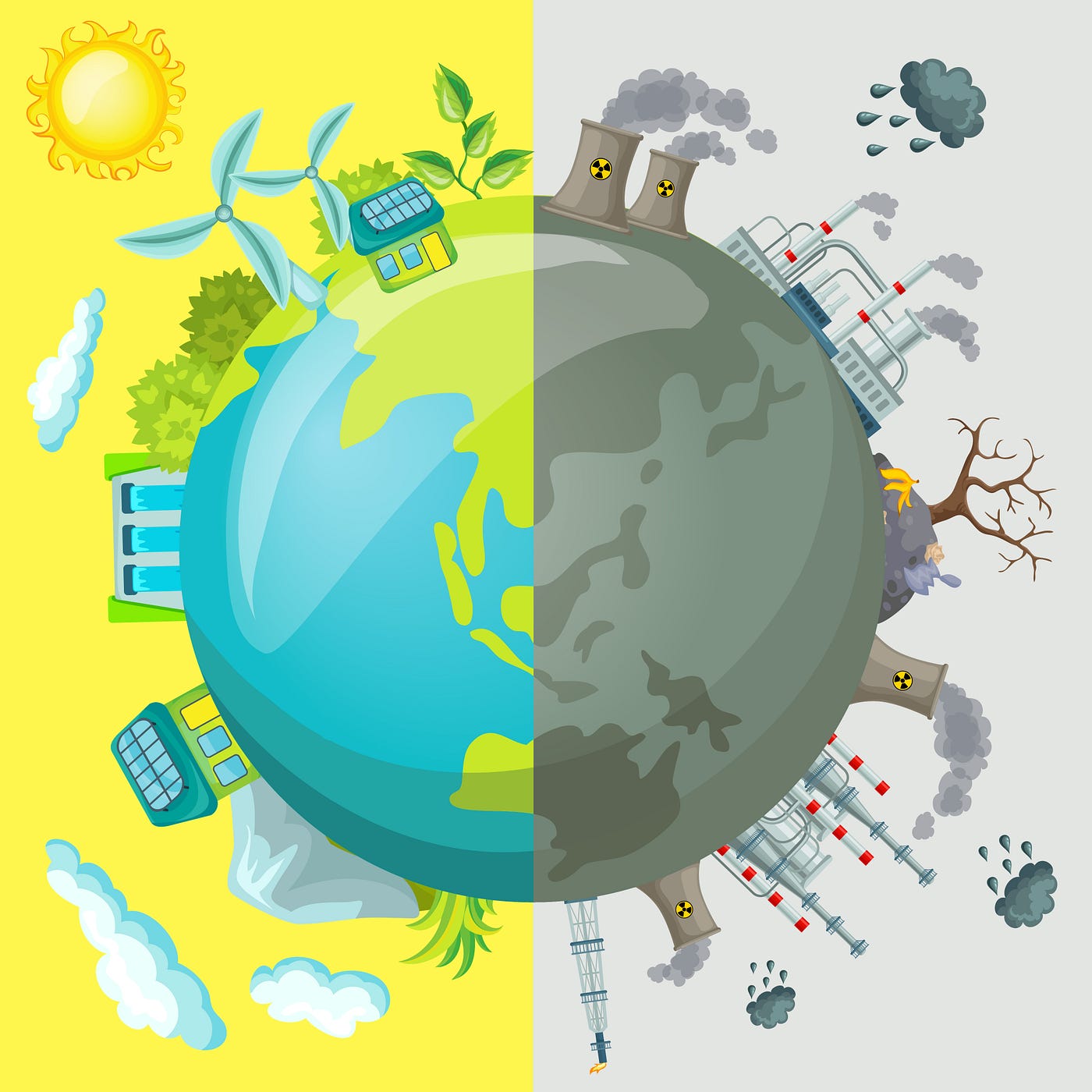
Conclusion:
The pursuit of alternative energy sources is vital for addressing the global energy crisis and mitigating the environmental impact of traditional energy production. Each alternative source comes with its unique set of advantages and challenges, and the key to a sustainable future lies in a diversified energy portfolio that combines these sources strategically. As technology advances and awareness grows, the transition to a cleaner and more sustainable energy landscape becomes increasingly feasible.
Shaping Tomorrow's Energy Landscape: Emerging Trends in Energy
The world is undergoing a transformative shift in the way it produces and consumes energy. This article explores the emerging trends that are set to define the future of energy, addressing the challenges of sustainability, accessibility, and efficiency.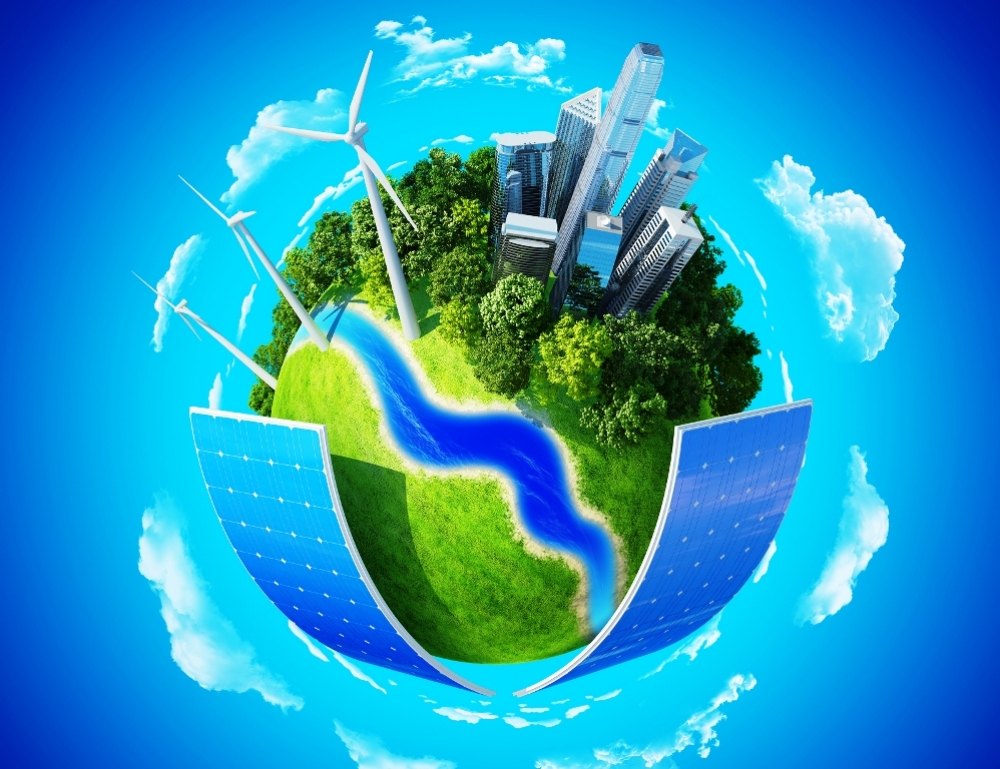
1. Renewable Energy Dominance:
Overview: The rise of renewable energy sources, including solar, wind, hydro, and geothermal, is reshaping the energy landscape. Governments and businesses are increasingly investing in these technologies to achieve decarbonization goals.
Factors Driving the Trend: Growing environmental awareness, advancements in renewable technology, and favorable government policies.
Impact: Reduced reliance on fossil fuels, lower greenhouse gas emissions, and increased energy security.
2. Smart Grids and Energy Storage:
Overview: The integration of smart grids and advanced energy storage solutions is crucial for optimizing the use of renewable energy and enhancing grid reliability.
Factors Driving the Trend: Increasing demand for distributed energy resources, advancements in battery technology, and the need for grid resilience.
Impact: Improved energy efficiency, better management of peak demand, and increased grid flexibility.
3. Electrification of Transportation:
Overview: The shift towards electric vehicles (EVs) and the electrification of transportation systems are key components of the future energy landscape.
Factors Driving the Trend: Government incentives, advancements in EV technology, and the push for sustainable transportation.
Impact: Reduced reliance on fossil fuels in transportation, lower emissions, and the need for expanded charging infrastructure..jpeg)
4. Decentralized Energy Systems:
Overview: The move towards decentralized energy systems, including microgrids and local renewable energy generation, is gaining momentum.
Factors Driving the Trend: Increased resilience against natural disasters, advancements in energy technology, and the desire for energy independence.
Impact: Enhanced energy security, reduced transmission losses, and improved community resilience.
5. Hydrogen as a Clean Energy Carrier:
Overview: Hydrogen is emerging as a versatile and clean energy carrier with applications in transportation, industry, and power generation.
Factors Driving the Trend: Technological advancements in hydrogen production, storage, and transportation.
Impact: Diversification of the energy mix, reduced carbon emissions in industrial processes, and increased energy storage capabilities.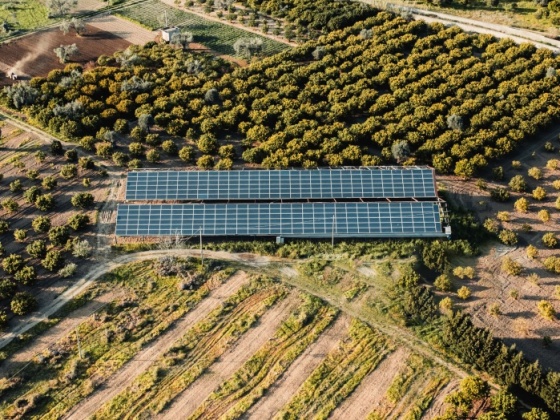
Conclusion:
The future of energy is dynamic and multifaceted, driven by a collective effort to transition towards sustainable, resilient, and efficient systems. The integration of renewable energy sources, smart technologies, and innovative solutions is essential for addressing the challenges of climate change and ensuring a reliable and equitable energy future.
Navigating the Challenges: Understanding and Addressing Energy Crises
Energy is the lifeblood of modern societies, driving economic growth, technological advancements, and improving quality of life. However, the world is confronted with the looming threat of energy crises, characterized by supply-demand imbalances, geopolitical tensions, and environmental concerns. This article delves into the complexities of energy crises, examining their root causes, global impact, and potential solutions.
1. Causes of Energy Crises:
Overview: Energy crises can stem from a variety of factors, including geopolitical instability, fluctuations in oil prices, inadequate infrastructure, and environmental constraints.
Geopolitical Factors: Political conflicts, trade disputes, and regional tensions often disrupt the global energy supply chain.
Economic Factors: Fluctuations in oil prices, economic downturns, and financial crises can strain energy markets.
Environmental Constraints: The impact of climate change and the need for sustainable energy solutions contribute to the complexity of energy challenges.
2. Global Impact of Energy Crises:
Economic Consequences: Energy shortages can lead to economic recessions, job losses, and increased production costs.
Social Ramifications: Energy crises disproportionately affect vulnerable populations, leading to energy poverty, social unrest, and geopolitical tensions.
Environmental Degradation: Dependence on fossil fuels during energy shortages exacerbates environmental challenges, contributing to climate change.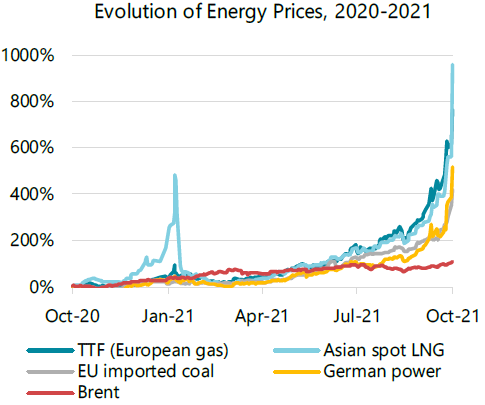
3. Transition to Renewable Energy:
Overview: A pivotal solution to mitigating energy crises lies in transitioning to renewable energy sources.
Advantages of Renewables: Clean, abundant, and sustainable. Reduces reliance on fossil fuels and mitigates environmental impact.
Challenges: Initial investment costs, intermittency, and the need for energy storage solutions.
4. Energy Efficiency Measures:
Overview: Improving energy efficiency in various sectors, including transportation, industry, and buildings, can alleviate pressure on the energy supply.
Technological Innovations: Advancements in energy-efficient technologies and practices contribute to reducing energy consumption.
Government Initiatives: Incentives and policies promoting energy conservation and efficiency can play a crucial role.
5. Diversification of Energy Sources:
Overview: Reducing dependence on a single energy source and diversifying the energy mix enhances resilience to supply disruptions.
Investment in Innovation: Encouraging research and development in new energy technologies fosters diversity in the energy sector.
International Cooperation: Collaborative efforts between nations to share resources and expertise contribute to energy security.
Conclusion:
Energizing a sustainable future requires a comprehensive and collaborative approach. Understanding the root causes of energy crises, embracing renewable energy solutions, enhancing energy efficiency, and promoting international cooperation are essential steps towards addressing the challenges of energy security. As we navigate the complexities of global energy dynamics, a collective commitment to sustainable practices will be crucial in ensuring a resilient and secure energy future.
Energy Wars Across Time: Navigating the Historical Evolution of Global Energy Conflicts
Throughout history, the quest for energy resources has been a driving force behind geopolitical strategies, conflicts, and alliances. This article explores the historical evolution of energy wars, examining how the pursuit of energy security has shaped international relations and influenced the course of global events.
1. The Age of Coal and Steam:
Overview: The industrial revolution marked the beginning of large-scale energy consumption, with coal emerging as the primary source of power.
Conflict in the 19th Century: Nations vied for control over coal-rich regions, leading to territorial disputes and colonial expansion.
Impact on Industrialization: Access to abundant coal reserves became a catalyst for economic and military power.
2. Oil and the 20th Century:
Overview: The 20th century witnessed a shift to oil as the dominant energy source, sparking intense competition for control over oil-rich regions.
World Wars and Oil: Oil played a crucial role in both World Wars, with access to Middle Eastern oil reserves becoming a strategic imperative.
The Cold War: Superpowers engaged in proxy conflicts to secure oil-producing regions, contributing to Cold War tensions.
3. Nuclear Power and Cold War Dynamics:
Overview: The development of nuclear energy introduced a new dimension to global power struggles during the Cold War.
Arms Race: Nuclear capabilities became a symbol of superpower status, leading to an arms race and heightened global tensions.
Energy Diplomacy: Nations with nuclear capabilities leveraged their energy assets for diplomatic influence.
4. Renewable Energy and 21st Century Challenges:
Overview: The 21st century has brought increased awareness of environmental concerns and a renewed focus on renewable energy.
Competition for Clean Energy: Nations compete for dominance in renewable energy technologies, such as solar and wind.
Transition Challenges: The shift towards renewables poses challenges, with disputes over access to rare minerals for clean energy technologies.
5. Cybersecurity and the Modern Energy Landscape:
Overview: The interconnectedness of modern energy infrastructure introduces new vulnerabilities, leading to cybersecurity concerns.
Digital Warfare: Nations engage in cyberattacks targeting energy grids and critical infrastructure.
Geopolitical Impacts: Cybersecurity threats add a layer of complexity to traditional energy conflicts, reshaping global power dynamics.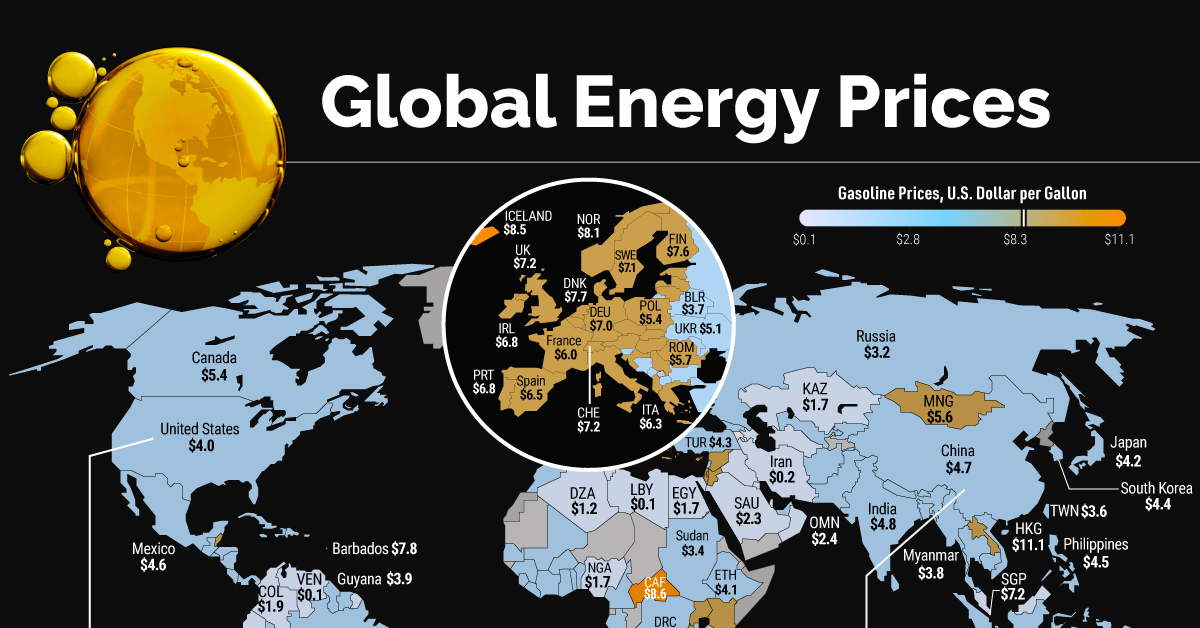
Conclusion:
The historical tapestry of energy wars reflects the ever-changing landscape of global politics, economics, and technology. From coal and oil to nuclear power and renewables, the quest for energy resources has been a driving force behind geopolitical strategies. As the world navigates the challenges of the 21st century, the dynamics of energy wars continue to evolve, shaping the course of international relations and influencing the pursuit of energy security.































































